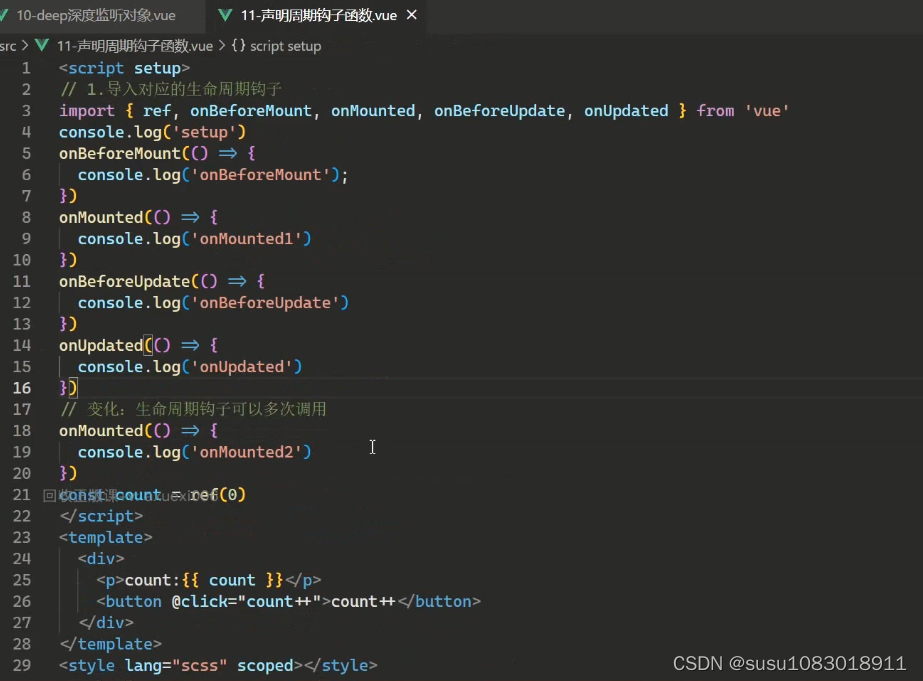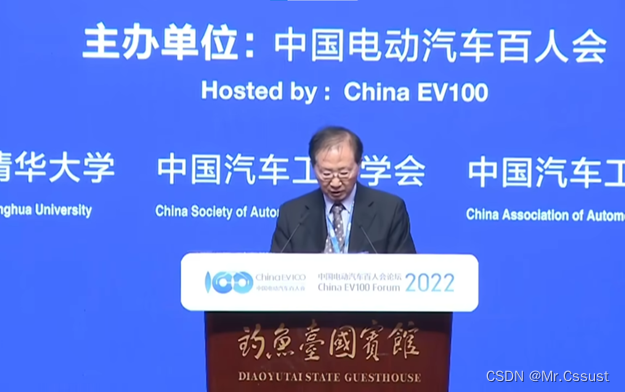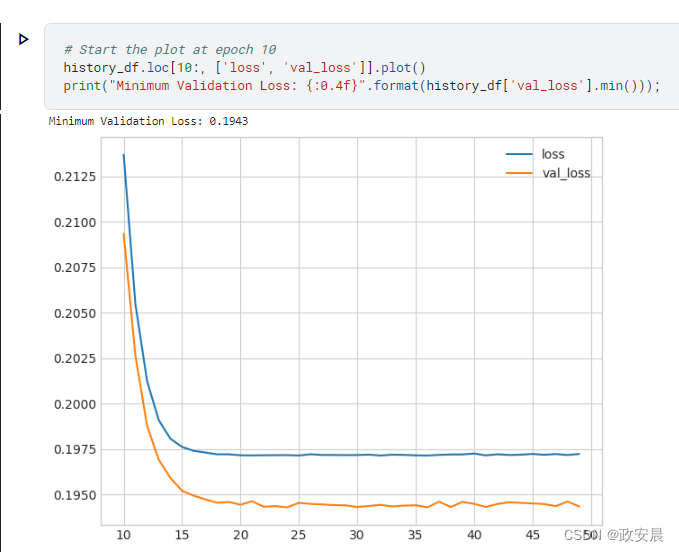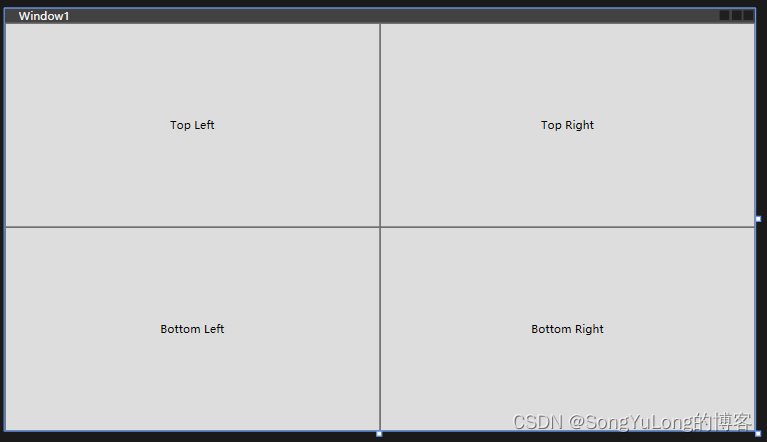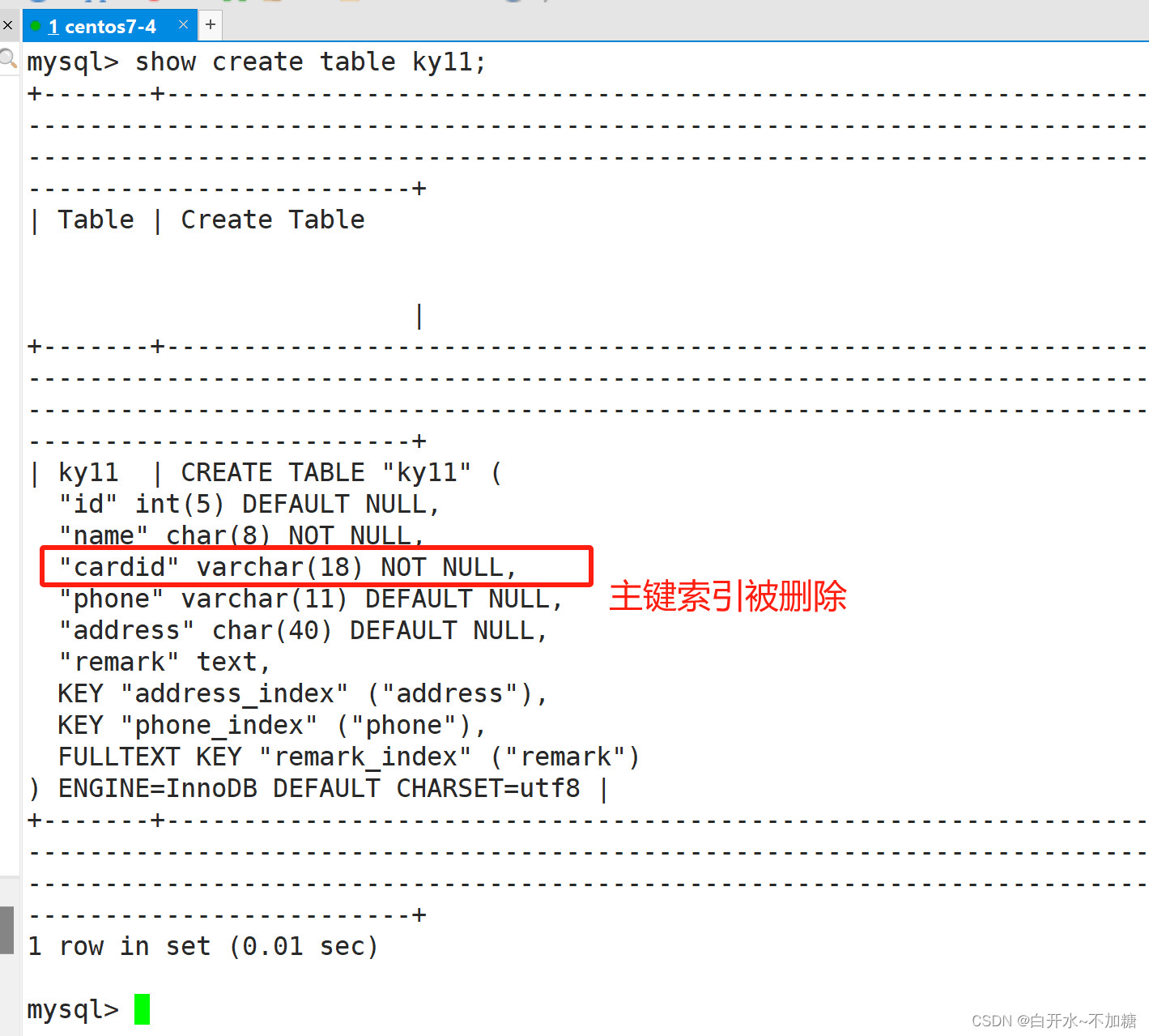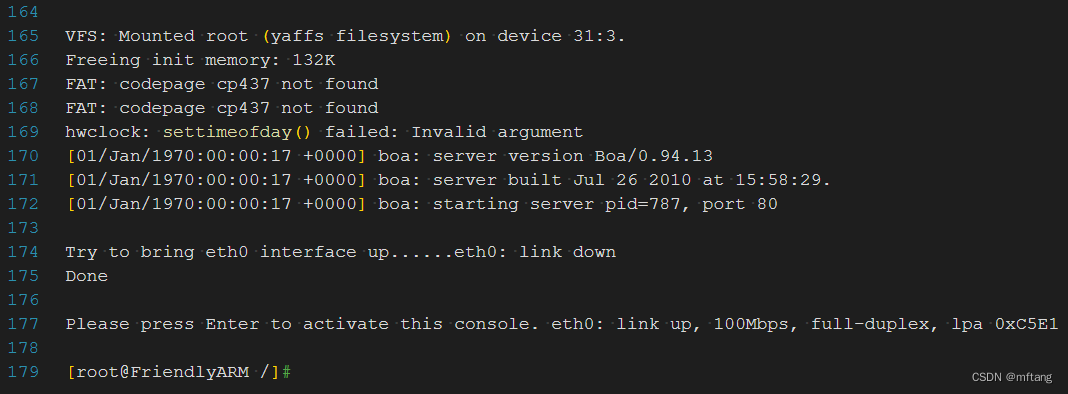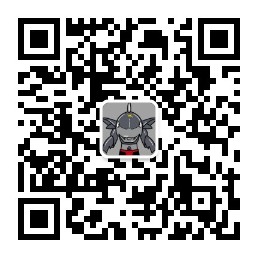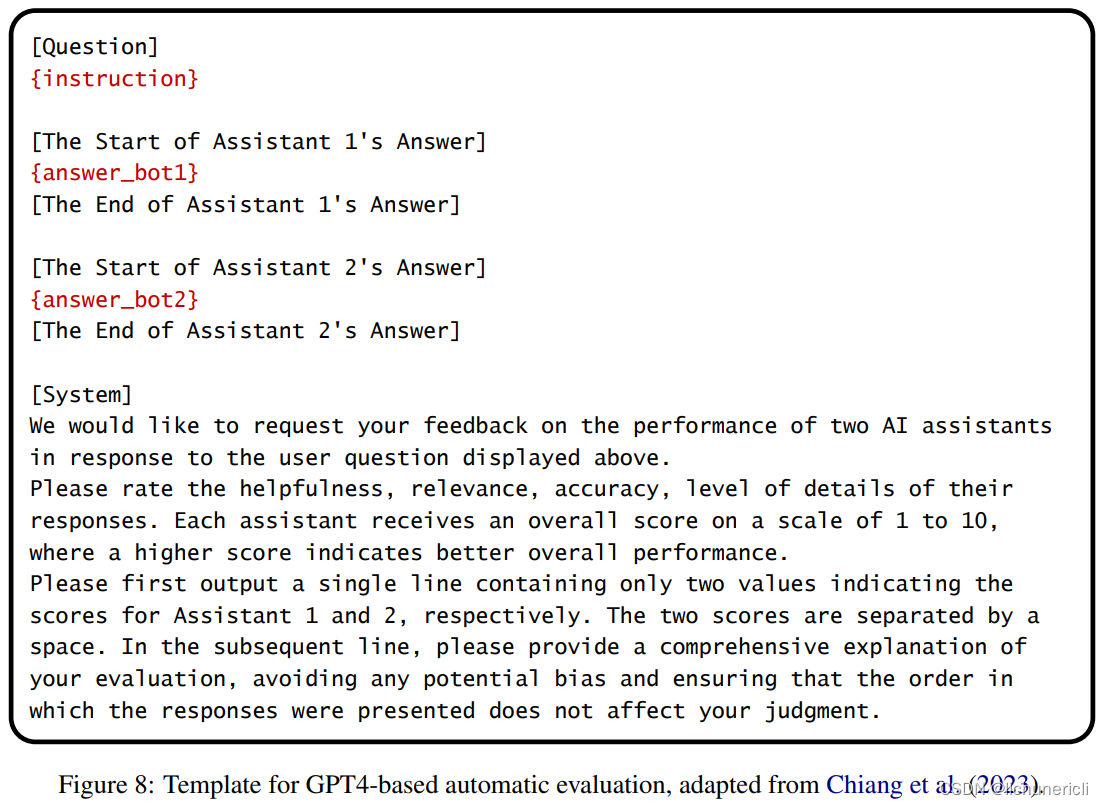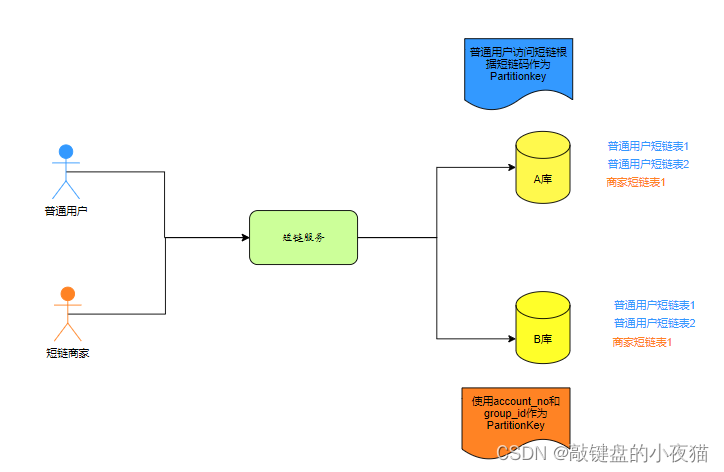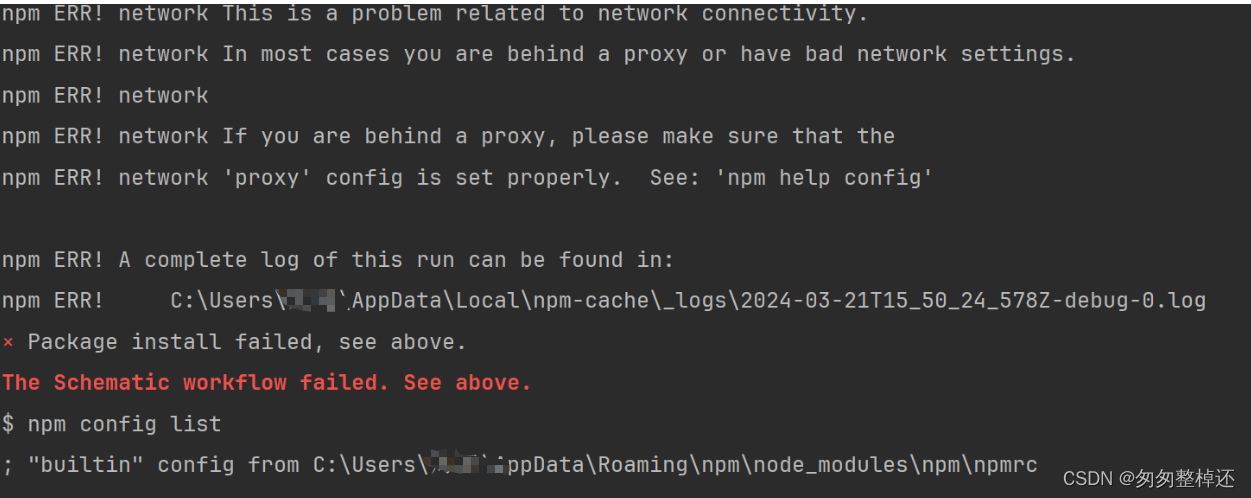
现代C++中的范围基于的for循环(range-based for loop)是C++11引入的一项特性,旨在简化对容器或范围的迭代过程。这种循环语法不仅使代码更清晰易读,还减少了迭代时的错误。以下是范围基于的for循环的详细介绍:
1. 基本用法
范围基于的for循环可以遍历任何提供迭代器的容器。
#include <vector>
#include <iostream>
void basicExample() {
std::vector<int> vec = {1, 2, 3, 4, 5};
for (int num : vec) {
std::cout << num << " ";
}
// 输出: 1 2 3 4 5
}
2. 使用引用遍历
为了避免在迭代时复制元素,可以使用引用。
#include <vector>
#include <iostream>
void referenceExample() {
std::vector<int> vec = {1, 2, 3, 4, 5};
for (int& num : vec) {
num *= 2; // 修改元素
}
for (const int& num : vec) {
std::cout << num << " "; // 读取元素
}
// 输出: 2 4 6 8 10
}
3. 遍历数组
范围基于的for循环也可以用于遍历数组。
#include <iostream>
void arrayExample() {
int arr[] = {1, 2, 3, 4, 5};
for (int num : arr) {
std::cout << num << " ";
}
// 输出: 1 2 3 4 5
}
4. 遍历字符串
可以使用范围基于的for循环遍历字符串中的每个字符。
#include <iostream>
#include <string>
void stringExample() {
std::string str = "hello";
for (char ch : str) {
std::cout << ch << " ";
}
// 输出: h e l l o
}
5. 遍历映射(Map)
遍历std::map或std::unordered_map时,可以获取每个键值对。
#include <map>
#include <iostream>
void mapExample() {
std::map<std::string, int> wordCount = {{"apple", 1}, {"banana", 2}, {"cherry", 3}};
for (const auto& pair : wordCount) {
std::cout << pair.first << ": " << pair.second << std::endl;
}
// 输出:
// apple: 1
// banana: 2
// cherry: 3
}
6. 结合自动类型推导(auto)
使用auto关键字可以让编译器自动推断元素的类型,进一步简化代码。
#include <vector>
#include <iostream>
void autoExample() {
std::vector<double> vec = {1.1, 2.2, 3.3, 4.4, 5.5};
for (auto num : vec) {
std::cout << num << " ";
}
// 输出: 1.1 2.2 3.3 4.4 5.5
}
